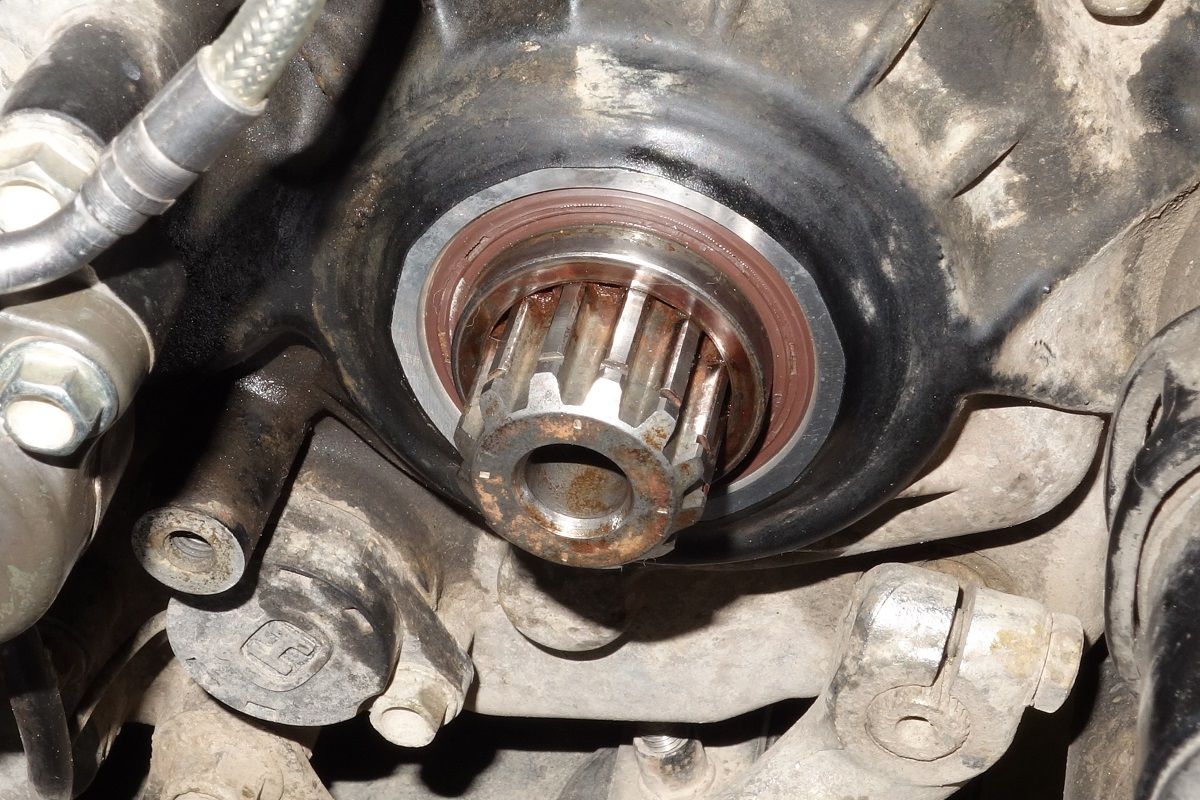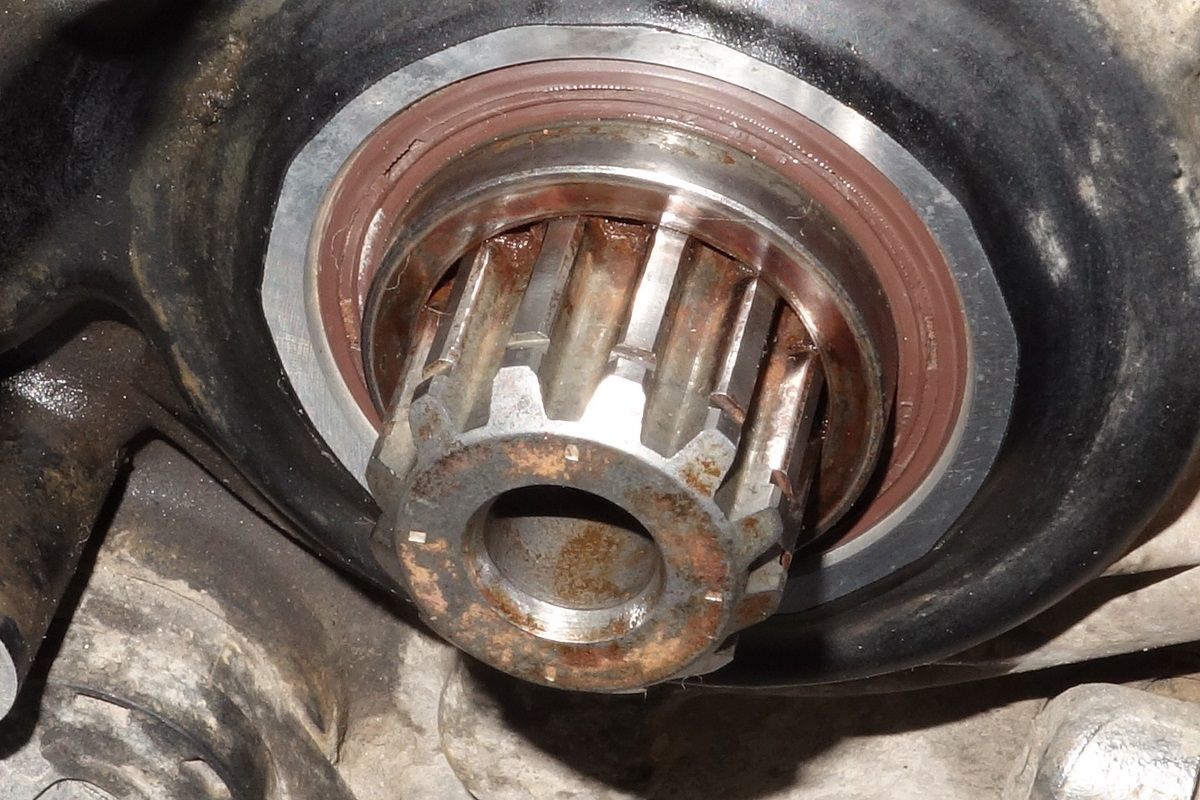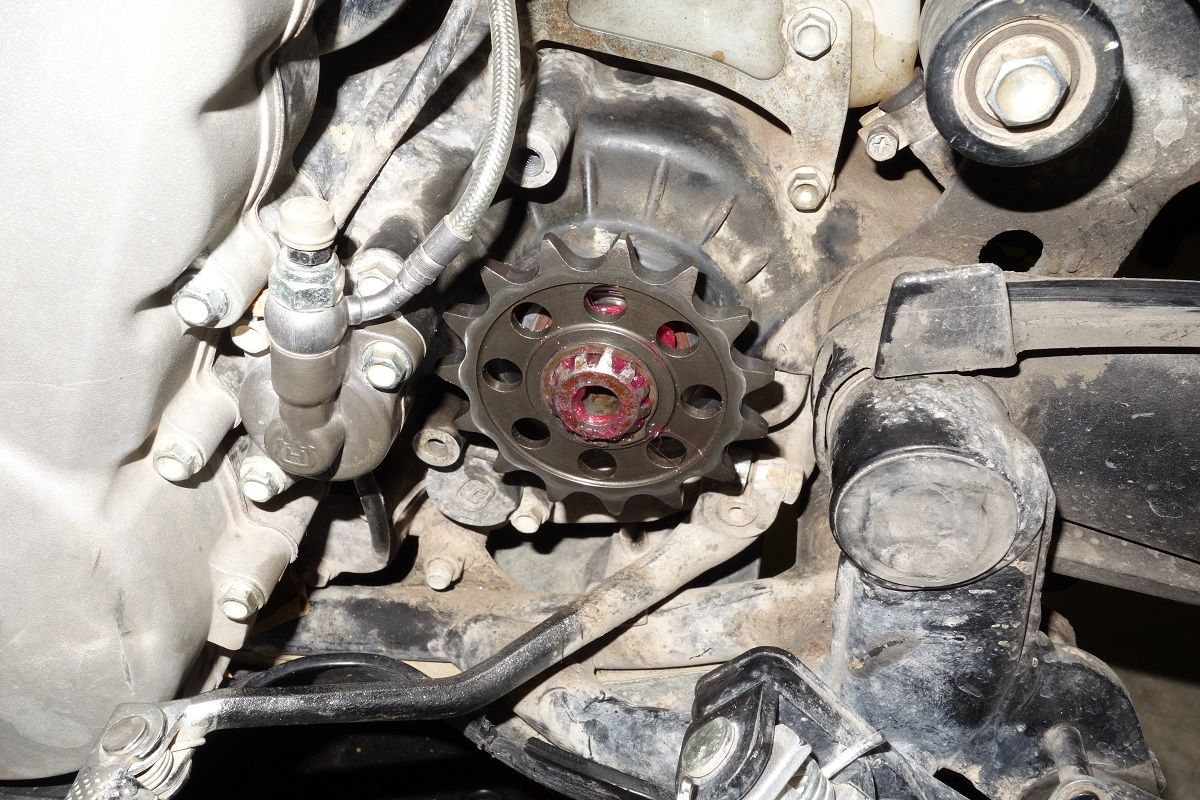-
Hi everyone,
As you all know, Coffee (Dean) passed away a couple of years ago. I am Dean's ex-wife's husband and happen to have spent my career in tech. Over the years, I occasionally helped Dean with various tech issues.
When he passed, I worked with his kids to gather the necessary credentials to keep this site running. Since then (and for however long they worked with Coffee), Woodschick and Dirtdame have been maintaining the site and covering the costs. Without their hard work and financial support, CafeHusky would have been lost.
Over the past couple of weeks, I’ve been working to migrate the site to a free cloud compute instance so that Woodschick and Dirtdame no longer have to fund it. At the same time, I’ve updated the site to a current version of XenForo (the discussion software it runs on). The previous version was outdated and no longer supported.
Unfortunately, the new software version doesn’t support importing the old site’s styles, so for now, you’ll see the XenForo default style. This may change over time.
Coffee didn’t document the work he did on the site, so I’ve been digging through the old setup to understand how everything was running. There may still be things I’ve missed. One known issue is that email functionality is not yet working on the new site, but I hope to resolve this over time.
Thanks for your patience and support!
You should upgrade or use an alternative browser.
Look at This!
- Thread starter Kenneth Webb
- Start date
Kenneth Webb
Livin' It Up!
Theo
Husqvarna
AA Class
Was the new sprocket an OEM part?The splines were perfect before I left on a long ride, and changed the front sprocket, and fairly worn when I returned.
That sounds like quite a good way to die!I want to die as an impossibly old fart out in the middle of nowhere on my bike.
Kenneth Webb
Livin' It Up!
grinder96
Husqvarna
AA Class
Sprocket was OEM, purchased from local Husky shop. It was marked as MV Augusta, who evidently makes parts for the Italian Huskys.
MV Augusta owned Husky (Under Cagiva) until 2007 when they sold Husky to BMW. My 06 SM610 has MV Augusta badge on the top of the swing arm. FYI
Theo
Husqvarna
AA Class
it may just be a bad batch of shafts.
Or maybe it was a bad batch of sprockets. For example, they could have been hardened too much.Sprocket was OEM, purchased from local Husky shop.
Kenneth Webb
Livin' It Up!
EricV
Husqvarna
AA Class
http://www.cafehusky.com/threads/disgusted.39509/
CJBROWN
Husqvarna
AA Class
It was also mentioned that somebody had a lot of gearbox wear at 50K miles and they ended up getting a complete motor to exchange (IIRC). For me, that is likely the life of the bike - or at the end of my life. LOL. So while the wheel is all cool looking, and I don't care either way if Ken wants to throw money at his bike (
 ) , from a practical standpoint I am just trying to justify the investment. If it is some kind of cure-all for whatever ills the 630 has then I'd be all over it. As described, there's not a lot evidence of direct cause and effect and zero anecdotal experience. Am I just missing the whole point? Sometimes I can be pretty think-brained.
) , from a practical standpoint I am just trying to justify the investment. If it is some kind of cure-all for whatever ills the 630 has then I'd be all over it. As described, there's not a lot evidence of direct cause and effect and zero anecdotal experience. Am I just missing the whole point? Sometimes I can be pretty think-brained. 

DYNOBOB
Husqvarna
Pro Class

Something Ken said has me thinking now... Countershaft was fine - he changed sprockets - wear started. I wonder if there's an element of "wear matching" to sprocket/cs and the forces between the two were spread evenly between all splines? New sprocket = hot spots in the force = accelerated wear? Maybe I'm overthinking it... If that is the case, I may have just screwed myself, a month ago I took the 14t sprocket off that's been on the bike since almost day one and put my 15t stock back on. No way I could put the 14 back on as it came off.
7500 miles on my bike, this is what my cs looked like a month ago when I changed sprockets...nothing there so far that scares me - hope it stays that way.



.
CJBROWN
Husqvarna
AA Class
I thought the knobby tire had a similar effect on drive train shock as a cush hub. And the slipper clutch. It is to cushion crankshaft pulses, right?
I guess modern dirtbikes don't have them so as the Husky's got bigger and bigger they just never got put on. It would be interesting to discuss the issue with the design engineers for the bike - as in why they chose NOT to put one on, why the early 610 had them and then taken off, and what cause and affect might be for having or not having one. Seriously, as a full-on streetbike as the SM630, if they were highly recommended why wouldn't it have one even if the TE did not? Could be a simple cost-cutting measure.
What about shaft drive? What do they have for a cushion? Why don't dirtbike trans wear out prematurely from running them so hard on a track, jumps, winding it out as it hits the ground, etc.
The whole issue just raises way too many questions and what-if's in my mind.
I would suggest that the near normal destruction of the clutch basket spring washers might be an indicator that the sprung clutch basket system (in the TE630's implementation) is not quite up to the task - even if the concept is a good one. It's also worth noting that a cush hub will be doing favours for your chain and sprockets...
CJBROWN
Husqvarna
AA Class
I'm seriously not trying to be difficult, I just don't get it. If you can't get quantifiable results, as in reduced wear, fewer blown gearboxes, etc. then why do it other than for bling factor?
The easy answer from two here that have bought them is just an emotional decision to part with the money. While I understand liking to buy anything motorcycling, I am just not understanding the mechanical benefit payback.
I'm not familiar enough with supermoto racing to know or have heard of making hub mods to protect engine internals. Does the 630 fall under this category because it goes on the road?
I have heard of adding a cush hub for hyper-miling a dirtbike, but never really understood why or what the benefits were.
There was also no reply on whether the rad hub dimensions matched the original and thus the spokes and wheel could be transferred over? Or do you need a spoke set to go with it?
Is this the only source for a cush-hub? Other than a early 610 or modifying something else, SV650, KTM640, or ??
CJBROWN
Husqvarna
AA Class
The Husky has a sprung clutch basket to reduce shock loading on the drive shaft - how well it works, I can't say. Cush hubs (and preferably slipper clutches) are pretty much mandatory for supermoto racing if you want to reduce the wear on the gearbox as dirt bike gearboxes are pretty fragile compared to those in street bikes. It's worth rememebring that people have had similar issues on all sorts of bikes including Husabergs and DRZ's and the general consensus has always been that a cush hub helps reduce gearbox wear. No one ever has, or ever will, provide you quantifiable evidence of how well it works (or not) because the cost of doing so would be immense to do it in a statistically meaningful way. OEM's probably have such data but I can't forsee them rushing over here to post it. You just get to make up your own mind...if you don't have the money or don't want to spend it then you don't get one, otherwise you do if you want to - not everything is clear cut.
I would suggest that the near normal destruction of the clutch basket spring washers might be an indicator that the sprung clutch basket system (in the TE630's implementation) is not quite up to the task - even if the concept is a good one. It's also worth noting that a cush hub will be doing favours for your chain and sprockets...
Some things you state here are very confusing, such as "People have had similar issues on all sorts of bikes...". What issue are speaking of? Premature gearbox wear, spline shaft wear, or catastrophic failure?
"You just get to make up your own mind" - while that's easy to say, what criteria will we use to make up our own mind? Because Woody's made one we should decide if we should buy it? I'm just not getting this.
"...a cushhub reduces gearbox wear..." How does it do this? What kind of wear? What exactly does a cushhub eliminate that causes this wear? It's a general consensus from whom?
I can't equate the spring washer wear to a failure of the bike's drive train. I would seem more to me that it was a simple engineering decision that just wasn't up to the application. They just weren't strong enough. How does that mean the system isn't up to the task?
I'm not trying to pick on you, I'm just trying to understand what's fact and what is just a feeling or a hunch.
CJBROWN
Husqvarna
AA Class
Includes a quote from wiki on what it is and what it does.
On cush drive from MOTARD CAST WHEEL CONVERSION: http://motard-supermoto-wheels.sportsontheweb.net/cush-drive-drz-supermoto.htm
Their summary on the advantages of a cush drive conversion (recommended on thumpers over 600cc):
- extended life of sprockets and chains
- reduced wear on the gear box and other moving parts
- smoother ride whether accelearating or deccelerating
- longer rear tyre life.
The only unknown above would be gearbox wear and I have not heard of anyone having gearbox problems with these bikes 'till well over 40 to 50K miles. No issues with chain and sprockes, tire wear, and nothing wrong with the ride - accelerating or deccelerating. It is definitely not a road bike!
They also directly contradict SimpleOne claim that the gearboxes are lighter on a dirtbike, they actually say they are 'beefed up' and that wear is a non-issue running them on the pavement without a cush hub.
From what I can find browsing the interwebs is road bikes come with a cush hub to make them smoother. Lots of other bikes without them with lots of miles with no premature wear or failure.
EDIT: Another discussion on the topic here: http://www.thumpertalk.com/topic/382445-cush-drive/
Is 'coffee' the same 'coffee' as on this forum?
BTW, one sumpermoto racer thought the cush hub was to ease transitions from decel to accel in cornering. Proper clutching and shifting makes WAY more difference on gearbox life than whether you have a cush hub or not.
Can't say for spline shaft wear.
